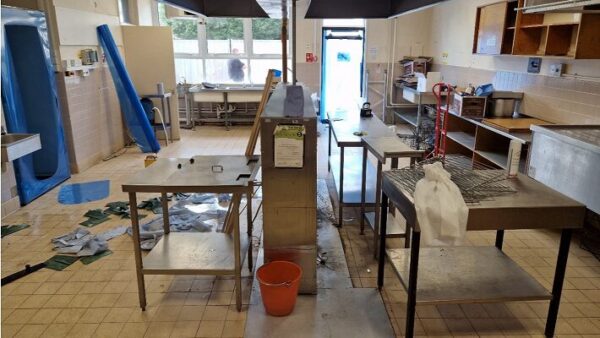
Changes to the governance of the Association for Project Safety, set by the organisation’s leaders, aim to give members a greater say in the way the organisation is run and to make it more agile to adapt to challenges.
Chief executive Lesley McLeod said: “The current system is cumbersome and it is difficult to keep pace with the changes around us. Every little change needs to go to a general meeting of all members. Things have also got out of step with how the association operates and the number of services it provides.
“As a result, we have gone back to our roots and drawn up a simple set of rules for how the business is run and a separate rule book to set out how the membership part works.”
She added: “This will mean it is easier to interrogate the running of the company while allowing the association to respond rapidly to changes – such as the demands of the Building Safety Act. These changes are also necessary to allow the association to reapply for chartered status at some point in the future.”
McLeod said the aim is to give APS members more say in what the association does and set out clearly what is expected. It also wants to provide easier ways for members to contribute to its work. The proposals have been approved by the council and the board.
“The new structure will see every member of the association get a vote, and a voice. Key posts will be open to everyone and there will be elections – overseen by an independent, external body – to ensure members are in the driving seat of their association.”
Governance changes also include:
Rationalised oversight
“The new structure will see every member of the association get a vote, and a voice. Key posts will be open to everyone and there will be elections – overseen by an independent, external body.”
The board will concentrate on skills needed to support the business. The chief executive will join the board and an independent chair will keep business on track. This will allow the APS president to take on a greater ambassadorial role. This will help forge stronger bonds with legislators, regulators and key colleagues across the construction sector.
Business and skills focus
The revised committee structure will concentrate on developing the business. Technical committees with experts in place will ensure the association delivers what members want and need.
Streamlined regional network
This allows headquarters to support the association’s work better. Currently, APS has 16 regions largely run by volunteers. This means members experience very different levels of service and it is difficult to provide consistency and effective oversight.
In future there will be six regions, each returning two members to an advisory group with a dedicated seat on the board. Existing regions will continue as branches within one of the new regions. The new structure will also make it easier for new groups – perhaps in a single workplace or online – to be set up.
Membership classes
APS is to rationalise its membership classes. This means removing from the rules some classes of membership not used for many years.
“APS will make changes to our board and committees over the next few months. There will be elections in the autumn with new office bearers in post from the beginning of February,” explained McLeod.
“This will also bring the APS election cycle into line with its business year. The association is also going to take membership payments at the start of the APS year rather than on the anniversary of when members join. This means it will be easier for APS to plan its finances. But it will mean members pay a pro-rata subscription in 2023 until the changes work through by 2024.”











